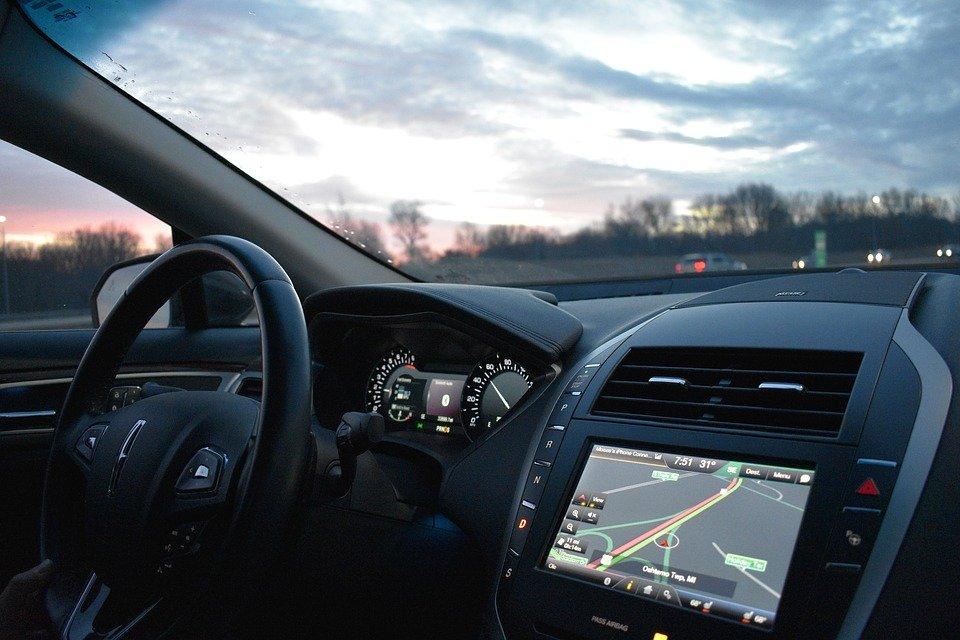In the age of the Internet, money doesn’t only exist in physical but also in digital form. Digital money or e-money is now gaining popularity as technological progress is making it more accessible and secure. Now, we have e-wallets to store digital money and solve the common problems of using physical cash for a variety of transactions.

Nowadays, it’s now more convenient for many people to make payments or receive money through e-wallets. This popularity will continue to rise as we keep on seeing new developments emerging in e-wallet technology. Here’s a list of trends in e-wallet technology that happened this 2020.
Digital Wallets Powered by AI
In recent years, Artificial Intelligence has transformed several areas of our lives. Now, experts are testing the capabilities of AI-powered chatbots in the domain of e-wallet technology. Companies who are running e-commerce stores are embracing AI as a solution to consumer concerns in online or contactless payments.
AI chatbots are sufficiently intelligent to make the payment process more streamlined and efficient. Next year, we hope to see that this development will be widely implemented by e-commerce businesses.
e-Wallets Storing Cryptocurrencies
The number of crypto wallet users has increased in the past few years despite the instability of the cryptocurrency market. According to Statista, there are an estimated 54 million users of Blockchain-based wallets as of September 2020.
People have many options when it comes to cryptocurrency wallets. From software apps that provide enhanced usability (e.g., Jaxx, Exodus, and Electrum) to hardware devices featuring robust security (e.g., Trezor and Ledger).
If you want to kick off your investing journey in cryptocurrencies, you need to have e-wallets that enable you to purchase and store cryptocurrencies like Bitcoin. Of course, you need to have an internet connection to do such transactions. If you’re using a phone with a Telenor card, make sure to recharge your Telenor card for that purpose.
Using Smart Speakers to Do Digital Money Transactions
Since the first smart speaker was introduced in 2014 by Amazon, many companies have followed suit as smart home assistants have been a new fixture in modern households. This trend is a welcome development to e-wallet developers and companies.
Smart speakers are used by many people not only to look for information online but also to make online purchases. You can now also do money transfers or make contactless payments using these smart home assistants.
An expert in Business Insider has predicted that the number of online payments using smart speakers will rise in the coming years.
Near Field Communication (NFC) Payments
The fear of people-to-people contact due to the Covid-19 pandemic has contributed to the increasing number of NFC payments. Now, more and more people are making NFC payments at train stations, shopping malls, and small physical stores.
Google Pay, Apple Pay, and Samsung Pay – three of the leading digital wallet platforms today – are also taking advantage of this technology to make it easier for their users to make contactless payments.
Near Field Communication (NFC) works using an NFC-enabled device and an NFC card machine. Through close proximity radio frequency identification, your NFC-supported smartphone will communicate to a point of sale terminal to complete a contactless payment.
Compared with payments using a PIN, NFC payment transactions are more secure and convenient because of the instant transfer of encrypted data to point of sale terminal devices.
Biometric Authentication
Digital money transactions are now more secured thanks to biometric authentication. For instance, you can verify user identity or authenticity of purchases by using facial recognition, iris recognition, and fingerprint recognition.
Today, cybercriminals are targeting people who make online payments and money transfers. Biometric authentication is a huge help to lessen the incidents of hacking, fraud, and identity theft involving online money transactions.
This capability of biometric authentication to prevent cyber crimes also boost the confidence and trust of consumers in e-wallet technology.
Takeaway
Now you know the top e-wallet technology trends this 2020. The rise of Near Field Communication payments, cryptocurrency wallets, AI-powered digital wallets, biometric authentication, and smart speakers for making online money transactions are only nascent developments in the field.
There’s surely more to expect in the coming years as tech experts and companies are continually looking for ways to improve e-wallet technology.








